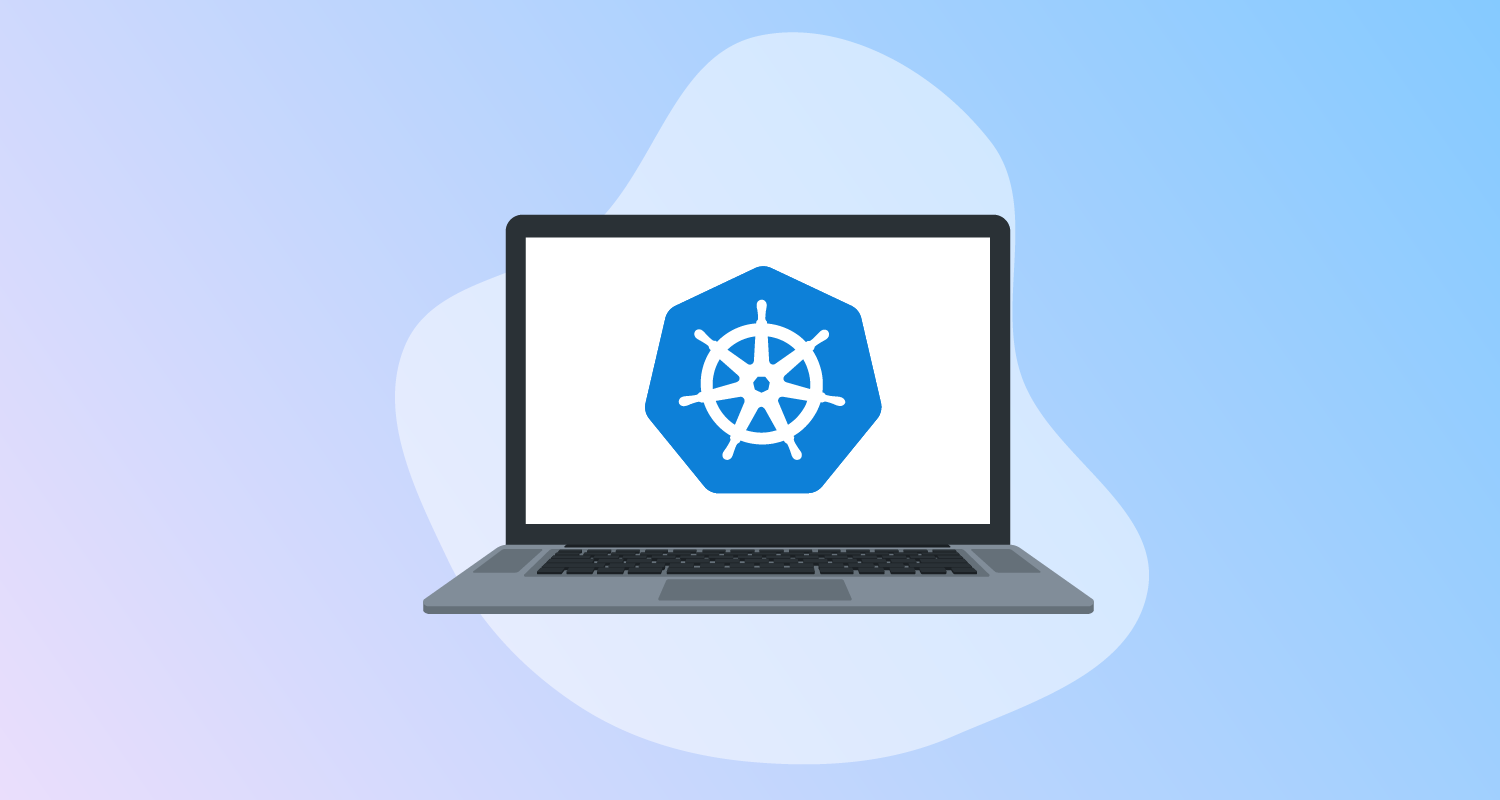This post is the 5th in our Kubernetes training series, providing DevOps engineers with an introduction to Docker, Kubernetes, and Octopus.
This video demonstrates how to expose pods to network traffic via a service.
If you don’t already have Octopus account, you can start a free trial.
MetalLB has been updated since this video was recorded to use Custom Resource Definitions (CRDs).
You can still apply these manifests to apply version 0.12, which is the version used by this video:
https://raw.githubusercontent.com/metallb/metallb/v0.12.1/manifests/namespace.yamlhttps://raw.githubusercontent.com/metallb/metallb/v0.12.1/manifests/metallb.yaml
And then apply this ConfigMap:
apiVersion: v1
kind: ConfigMap
metadata:
namespace: metallb-system
name: config
data:
config: |
address-pools:
- name: default
protocol: layer2
addresses:
- 172.19.255.200-172.19.255.250You can work through the series using the links below.
- Getting started with Docker
- Installing a development Kubernetes cluster
- Creating Docker containers
- Creating Kubernetes resources
- Creating Kubernetes services
- Deploying to Kubernetes with Octopus
- Multi-environment deployments
- Installing a dashboard
- Observing deployment strategies
- Blue/green deployment strategy
- ConfigMaps and Secrets
- ConfigMaps and Secrets demo
- Role Based Access Control
- Role Based Access Control demo
- Ingress and Ingress Controllers
- Ingress and Ingress Controllers demo
- Deploy Google’s Online Boutique microservice stack in Octopus
Resources
Sample Service YAML
apiVersion: v1
kind: Service
metadata:
name: webapp
spec:
selector:
app: webapp
type: LoadBalancer
ports:
- protocol: TCP
port: 80
targetPort: 80Learn more
If you’re looking to build and deploy containerized applications to AWS platforms such as EKS and ECS, the Octopus Workflow Builder populates a GitHub repository with a sample application built with GitHub Actions workflows and configures a hosted Octopus instance with sample deployment projects demonstrating best practices such as vulnerability scanning and Infrastructure as Code (IaC).
Happy deployments!







